Throwing out that wilted spinach or neglecting the leaky faucet might seem insignificant, but when these small acts are multiplied by millions of people they can add up and seriously impact the world around us. Consciously taking steps around you to implement small changes in your daily routine can have more impact on the environment than you think. We’ve gathered our top 10 lazy habits that destroy the planet to give you inspiration on where to start making small changes.
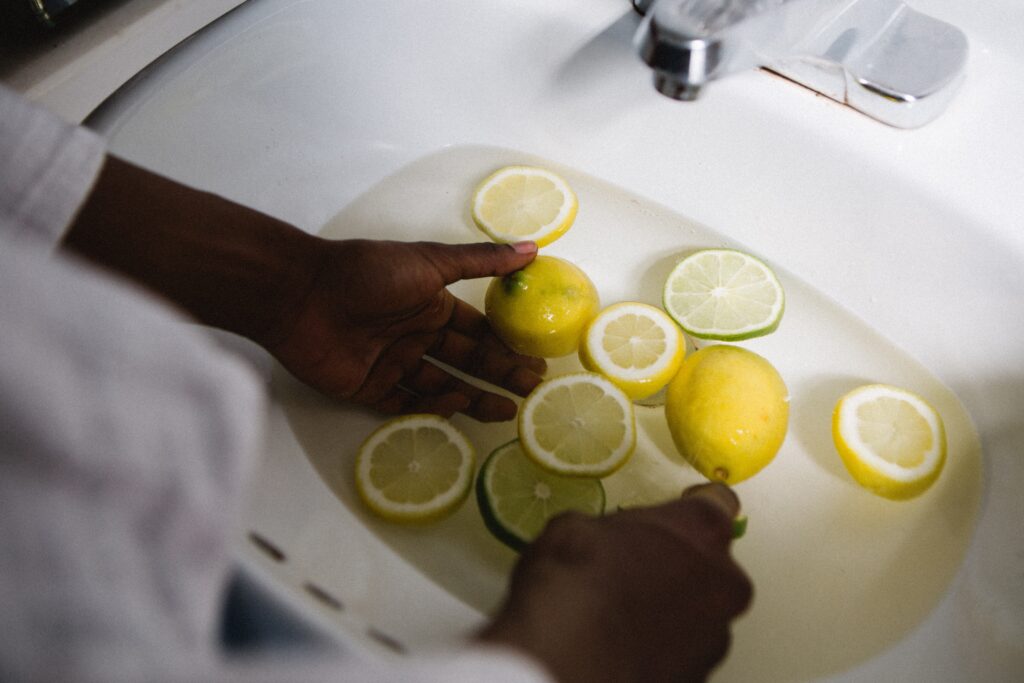
1. Leaving the Tap Running
The first on our list of top 10 lazy habits that destroy the planet is leaving the tap running. Leaving the tap running can use an average of 6 litres of water per minute. In Canada, that can add up to almost $100 per year and over 20,000 litres going down the sink. Remember to turn the tap off when brushing your teeth or fill up a bowl when washing vegetables and save hundreds of litres of water a week.
2. Not Switching to a Water Efficient Faucet
An inefficient faucet uses 5x more water than a water efficient one, meaning you could be wasting hundreds of dollars and thousands of litres every year. In Canada and the US, look for WaterSense certified faucets that help reduce a sink’s water flow by 20 percent. Not switching to an energy efficient faucet is one of our lazy habits that destroy the planet that can be easily solved in a few minutes.

3. Not Turning Lights Off When Leaving a Room
Leaving your lights on all the time can add up – both in dollars lost and energy wasted. Leaving a 100 watt light on all the time wastes over $150 a year and almost 1000 watts. Multiple that by a few rooms and the impact really starts to add up. Get into the habit of turning lights off when you leave a room. Make it even easier by installing a motion sensor with smart lights to automatically turn off when the room is empty.
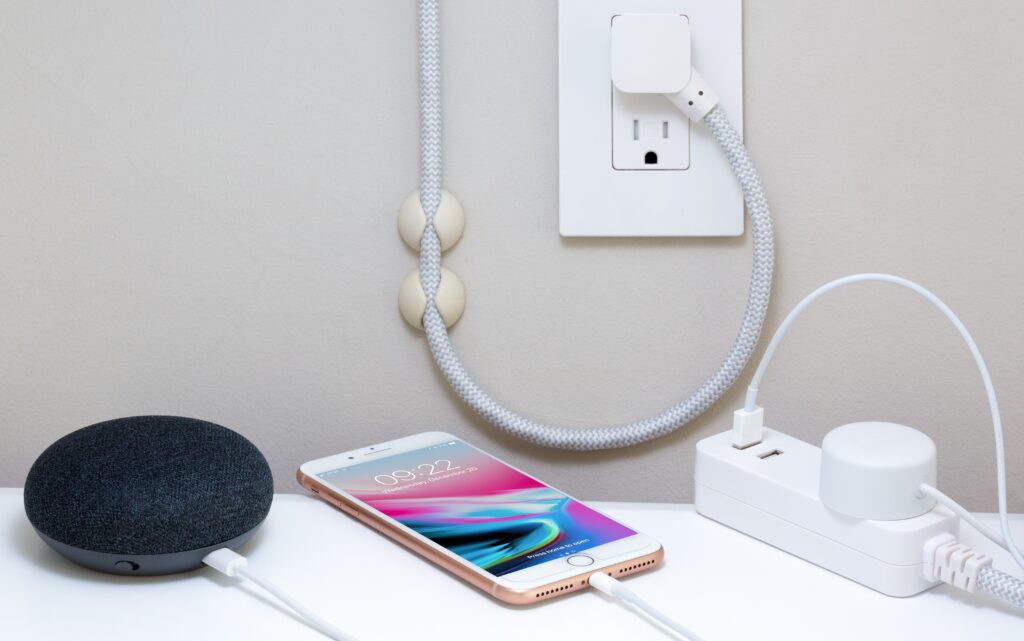
4. Leaving Your Charger Plugged In
Leaving your phone charger and other appliances plugged in when they’re not being used still uses energy. This type of energy use is called “vampire” or “phantom” energy and can account for up to 10% of a home’s power use. The average house in Canada has over 25 electronic devices using vampire energy, wasting up to approx. $150 a year. Remember to unplug your charger and other appliances when you’re finished using them. Make it easier by installing a smart plug on a timer to help manage your energy usage.
5. Not Fixing Leaky Faucets
A leaky faucet can waste up to a litre of water an hour, enough to fill a bathtub in one week. A single dripping tap can waste approx. $50 per year. Not fixing a leaky faucet is a lazy habit that destroys the planet that can generally be easily solved in a few minutes.

6. Booking Travel Last Minute
Booking travel last minute generally means paying higher prices and limiting your options to things that are still available. Try to plan and book travel months in advance to make sure you can find the best deals on the lowest emission travel routes. Use slow travel platforms and features like the Google Flights to see the carbon emissions used for flights.
For more eco-friendly travel information, check out our post on sustainable travel in 2022.

7. Driving Instead of Walking
The cost of driving is going up, for both our wallets and the planet. The most energy efficient midsize car on the Canadian market uses 4.4 litres per 100km and emits 103 g/km of carbon dioxide. Leaving your car at home and walking for 5km every week could save over 26,000 grams of carbon dioxide emissions every year., the equivalent of burning 10kg of coal. If your area is set up for it, driving instead of walking is one of our lazy habits that destroy the planet that you can leave behind in 2022.
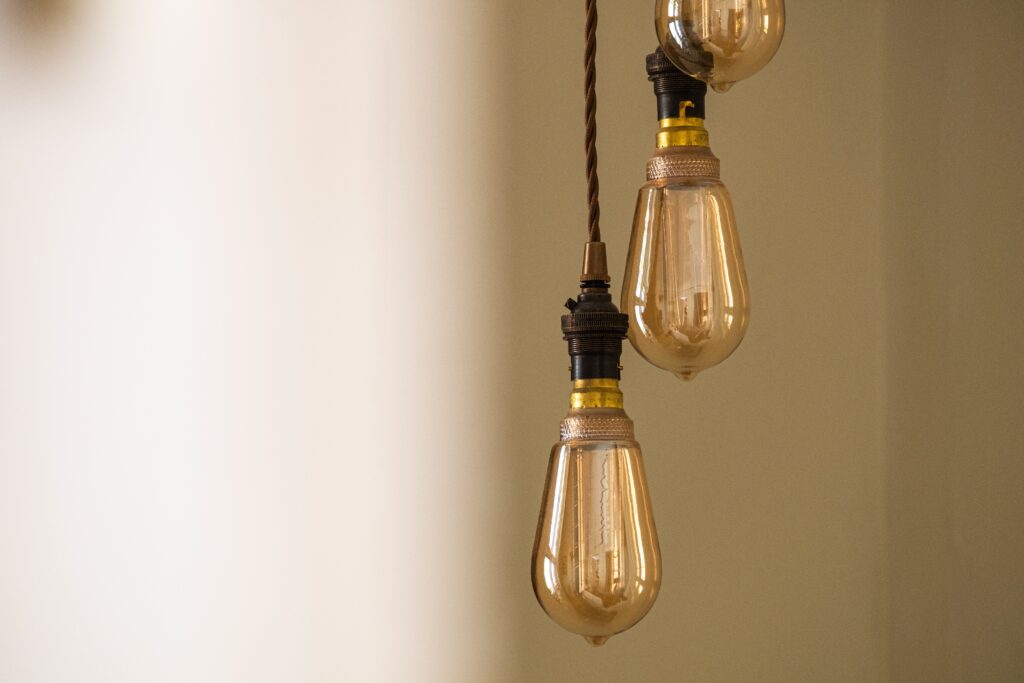
8. Not Using LED Lights
LED (Light Emitting Diode) lightbulbs last 15 times longer than incandescent bulbs and are 90% more efficient. Look for LED lights with high lumens (brightness) and low watts (energy usage) for the most energy efficient choice. Look for ENERGY STAR certified LED lightbulbs to ensure you’re getting a product tested to strict quality standards in Canada.
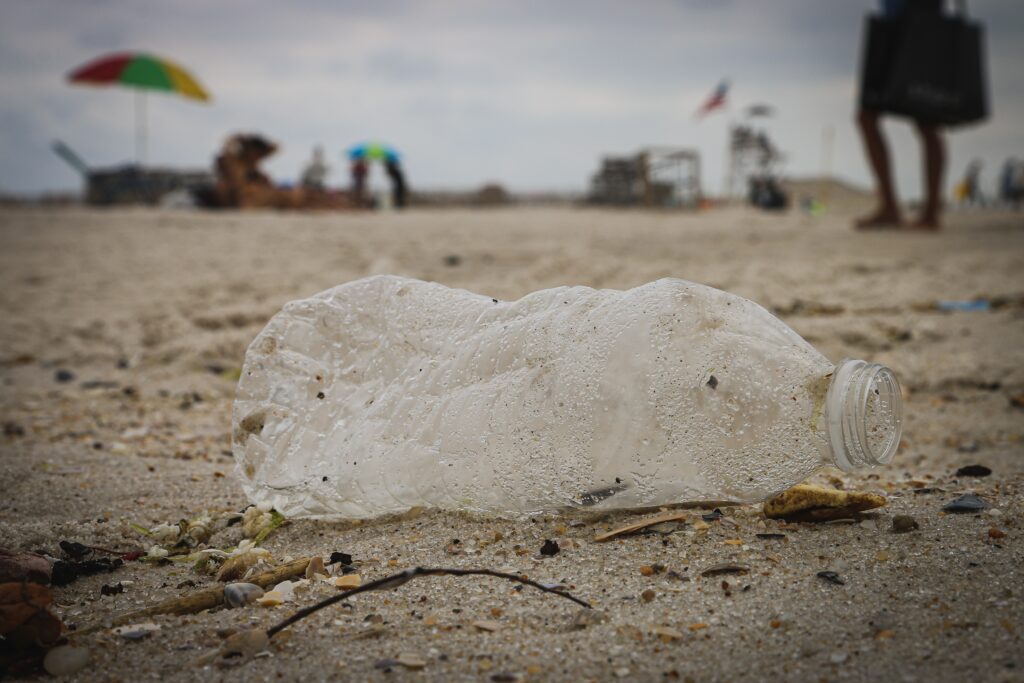
9. Using Single Use Plastics
The average Canadian uses approx. 125 kilograms of plastic every year. Not all convenience products are created equally for everyone. Some people with disabilities need to use single use plastics or less sustainable options like straws and disposable containers to simply exist. But most able bodied people have eco-friendly alternatives available and due to population size alone, can make a much greater impact by switching to a more sustainable option. Buy a reusable water bottle instead of buying water. Or avoid adding plastic cutlery to your take-out if you already have it at home. Look at where you use the most plastic and see if you can reduce or eliminate it with a reusable option.
For tips on how to recycle your plastic easier, check out 10 Tips for Easy Recycling at Home
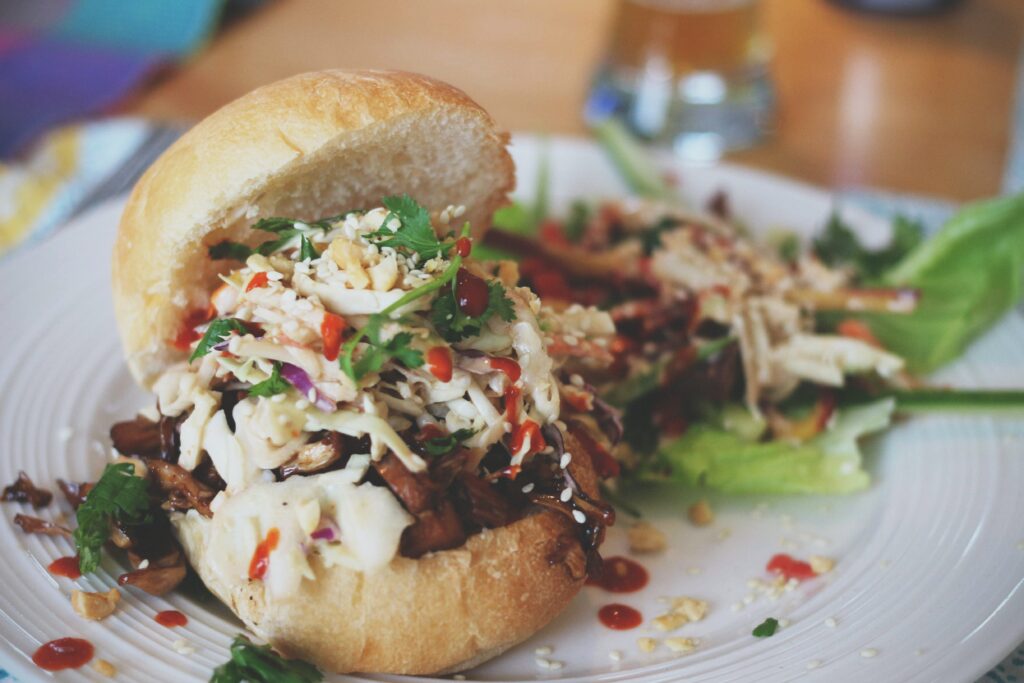
10. Throwing Out Leftovers
The average Canadian wastes over 170kg annually. Food waste impacts the environment by producing greenhouse gases during decomposition. This rotting food produces methane, a gas 25 times more powerful than carbon dioxide. Canada has pledged to cut methane emissions by 40 to 45% by 2025, meaning how we treat food waste may have to change. The first step in reducing food waste is to buy and cook only what you intend to eat. And have a plan like freezing or sharing with friends if you’re cooking more than you need to make sure you don’t waste food.
Sustayn is designed to present the most useful recommendations for environmentally friendly approaches and items. We update links when possible, but note that links can be broken and pricing, where noted, can be subject to change.








